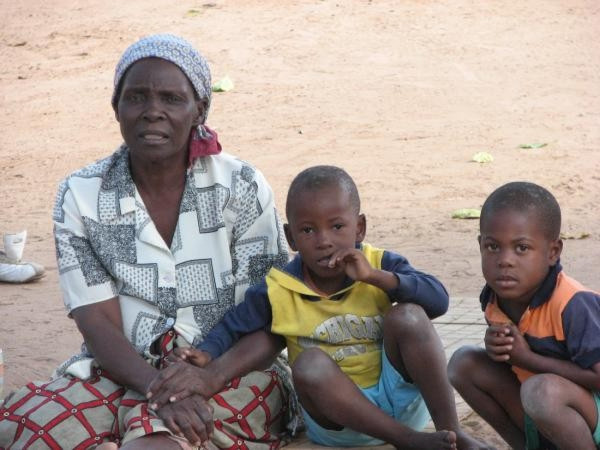South Africa Making Modest Progress Against HIV/AIDS Crisis

South Africa has been burdened by one of the highest rates of HIV and AIDS in the world. However, since President Jacob Zuma instituted some changes in the country’s approach to the disease, some progress has been made.
Over the past two years, the number of HIV-positive South Africans receiving anti-retroviral (ARV) drugs has more than doubled to 1.5 million from 678,500, according to a report from BBC.
However, the disease still has devastated a wide swath of South African society.
About 5.38-million people in the country are HIV-positive, or 10.6 percent of population (up from 5.2-million, or 10.3 percent of the populace, in 2008).
In 2010, 260,000 people in the country – nearly half the total number of fatalities -- died from the disease.
Even more tragic, the number of orphaned AIDS infants has jumped from 1.5 million to more than 2.1 million in just two years.
Still, under Zuma, the Pretoria government has radically altered its view of the deadly epidemic -- indeed, Zuma’s predecessor, Thabo Mbeki, earned the wrath of many health care officials and foreign governments when he denied any connection between HIV and AIDS.
South African Health Minister Aaron Motsoaledi told BBC that the government will provide ARV drugs to another 1-million patients by 2014.
The United Nations recently reported that 95 percent of pregnant women in South Africa who are infected with HIV are now receiving drugs to help prevent their unborn infants from becoming infected – a 30 percent jump from 2007.
In addition, the government will seek to reduce the risk of HIV transmission by 60 percent by providing free male circumcisions.
However, it will likely take many years and many hundreds of billions of dollars to make even a dent in South Africa’s massive health crisis.
According to Avert.org, a British-based international AIDS charity, as recently as 2009, almost 18 percent of South Africans between the ages of 15-49 were carrying the virus. Among women in the mid-to-late twenties, one-third were infected. More than one-quarter of men in their early-to-mid 30s had the disease.
In the provinces of Mpumulanga and KwaZulu-Natal, more than 15 percent of the population were infected.
(These numbers have likely risen since that date).
The impact of the disease on the nation’s young is especially heartbreaking.
“There were an estimated 330,000 [people under the age of 15] living with HIV in 2009, a figure that has almost doubled since 2001,” Avert wrote in a report.
“HIV in South Africa is transmitted predominantly through heterosexual sex, with mother-to-child transmission being the other main infection route. The national transmission rate of HIV from mother-to-child is approximately 11 percent. Because the virus is transmitted from the child's mother in cases of mother-to-child transmission, the HIV-infected child is born into a family where the virus may have already had a severe impact on health, income, productivity and the ability to care for each other.”
© Copyright IBTimes 2024. All rights reserved.





















